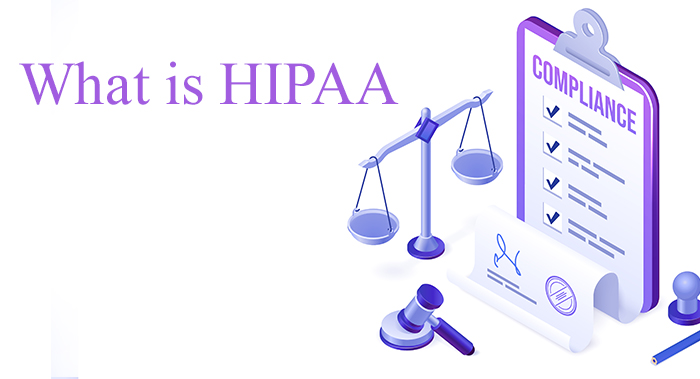
Basics of HIPAA and Compliance
As all the industry technology is growing fast, initiatives across all sectors have adopted methods to make business more quick and efficient. The one primary industry is the health sector is growing at a very high rate, and all the rules have been advanced to safeguard patient information. One law proposed by the Department of Health and Human Services (HHS) and the Office for Civil Rights (OCR) is HIPAA. The Health Insurance Portability and Accountability Act of 1996, commonly known as HIPAA, is a series of standard rules that describes the protected way of communication for protected health information (PHI).
Healthcare communications and information systems must meet HIPAA requirements, which have changed recently.
What is HIPAA Compliance?
HIPAA sets some ground rules and regulations to protect sensitive patient information. The organizations responsible for safeguarding this data should follow these security measures to avoid costly lawsuits by the government. These rules are made under the HHS, and the OCR enforces the regulations.
This Protected health information (PHI) is personal data used to identify the patient information. It contains names, addresses, phone numbers, social security numbers, medical records, finical information, and complete facial information. In recent updates, these data are stored in electronic form, which is known as ePHI, and this also should follow all the HIPAA regulatory standards.
Privacy Rules:-
Over the past year, the US Department of Health and Human Services Office for Civil Rights has shown that patient access to information is a critical priority to improve the nation's health. Patient rights under HIPAA have been expanded to include several access rights, and detailed guidance has been issued on access to records. HIPAA enforcement actions since September 2019 were against entities that did not correctly provide patient access to records. HHS is now using HIPAA Individual Access Rights to implement new rules on prohibitions to Data Blocking effectively. The proposed changes to the HIPAA Privacy Rule, made in December 2020, will codify the current guidance on compliance.
The basics of HIPAA compliance privacy rules protect all health-related information, including covered entities. These covered entities are grouped into privacy rules standards and safeguarded from breaches. If, in any case, there are breaches in health information, the subject will have to face civil penalties, which can vary on the amount of information leaked.
Security Rule:-
The basics of HIPAA compliance Security Rules set some national standards for the secure maintenance, transmission, and handling of all the data included in PHI. Other covered entities and business associates should follow these because they are a crucial marker for sharing the PHI. These rules include proper standards for the integrity and safety of ePHI, including physical, administrative, and technical safeguards that should be in place for any healthcare organization. All the related information should be well documented with the correct procedure. The staff should be well trained with all the updated safety measures.
Now, let’s look into seven key elements of HIPAA compliance.
- Correcting following all the written policies, procedures, and standards of conduct, all the rules and regulations.
- Properly trained a compliance officer and compliance committee.
- Regularly give practical training and education to all the staff to stay updated.
- Create a better way of communication.
- Form a better method for conducting internal monitoring and auditing.
- Forming excellent standards method through well-publicized disciplinary guidelines.
- Correctly responding to all queries and offenses and following correct measures to resolve them.
All healthcare organizations should follow and understand all this essential information to safeguard themselves from costly lawsuits and penalties.




